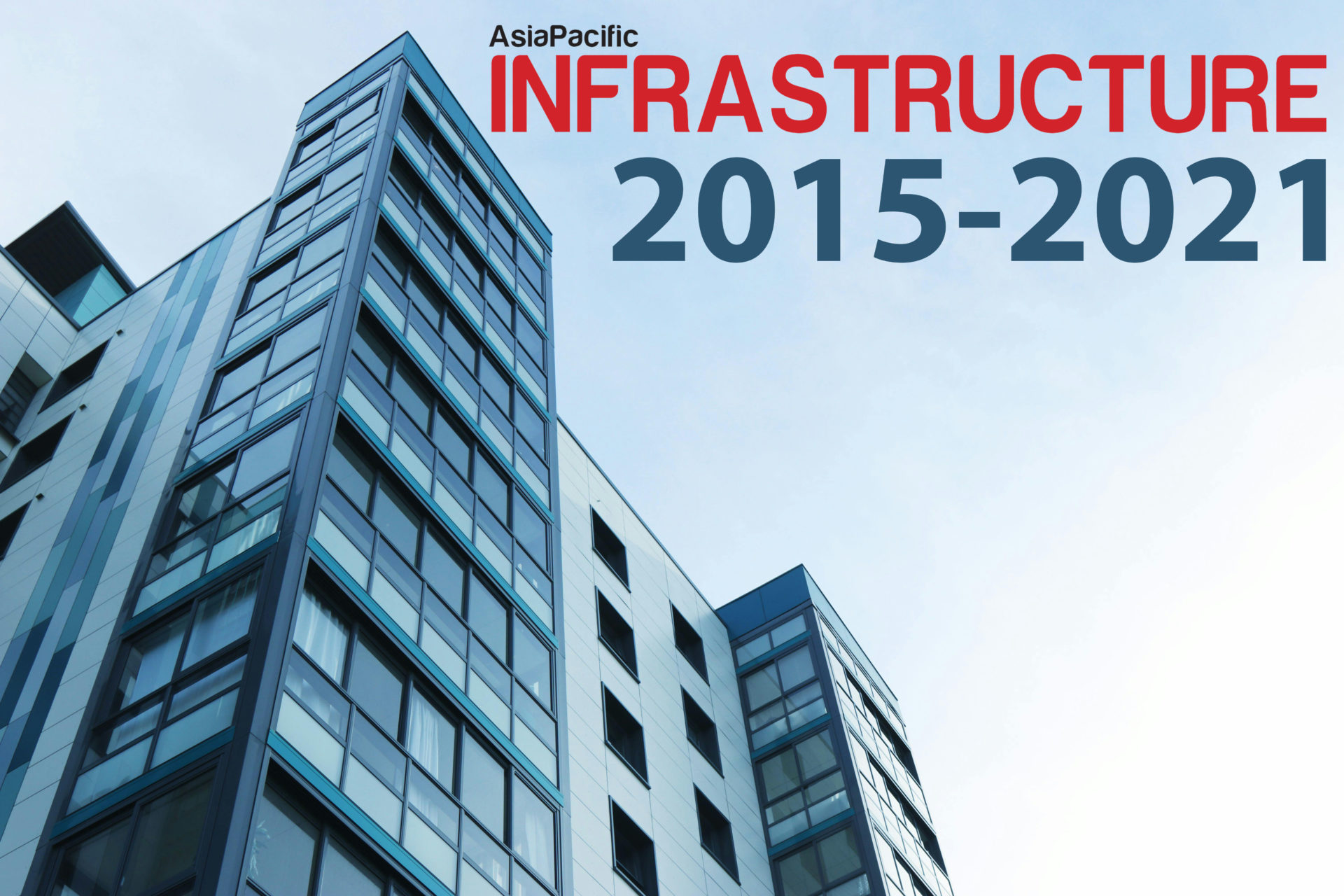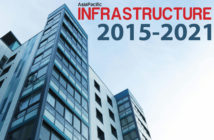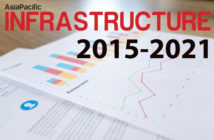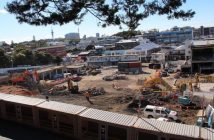Undergoing rapid flux as the benefits of advanced technology are brought to bear, the facilities management industry is one of the fastest growing industries in the world, with market watcher ResearchandMarkets.com putting the global value at US$35-billion in 2018 and that’s expected to hit a whopping US$59.3 billion by 2023

Auckland is also in the midst of a construction boom. According to figures from regional economic development agency ATEED (Auckland Tourism, Events and Economic Development), there are currently more than $28 billion’s worth of large construction projects underway in Auckland alone.
Break that number down further and it emerges that there are over 9,000 apartments under construction in 103 projects, 100,000 square metres of commercial office space being built or proposed in the four years to 2023, and of course there’s the New Zealand International Conference Centre going up in a $700 million project.
But just what is that change, and which trends should you be watching? Read on for the answers.
More intelligence with Internet of Things and analytics
The emergence of inexpensive sensors and dedicated networks to connect them means you can monitor just about anything. These sensors and ‘machine to machine’ information flows are known as the Internet of Things – and facilities managers recognise that remote or automated control of a wide range of building metrics makes for more efficiency and better occupant comfort. Coupled with powerful analytics tools, facilities managers are equipped with the tools for effective management of every aspect of their buildings – and automation means one facility manager can take care of tens of properties.Â
Green is the new gold
Property owners, and by extension facilities managers, are increasingly recognising the commercial and environmental benefits of going green. NABERSNZ and New Zealand Green Building Council ratings don’t just deliver a feel-good factor, they deliver premium rents, too. Done right, ‘green’ also delivers reduced operational costs, maximising the use of natural resources (like light, sunshine and rain) while minimising electricity and other resource usage.Â
Drones take flight
One of the enduring high-cost items for large-scale premises is the difficulty in keeping a consistent eye on the place. In some cases, helicopters are required for routine checks of roofs or other inaccessible places, or facades must be inspected by engineers lowered using ropes. Drones are an obvious and highly cost-effective alternative. Equipped with high-resolution cameras, drones beam images directly to the engineer, who needn’t leave his desk. It’s faster, far cheaper and provides for more frequent inspections of more of your facilities.Â
Intelligent automation
We’ve all seen the Roomba vacuum cleaner. Extend the concept to industrial proportions and you have robot cleaners capable of working day and night without a break. The robotic workforce combines clever software capable of handling multiple inputs and outputs (commonly called ‘Artificial Intelligence) with electronic and mechanical engineering. So far, the applications are mostly in cleaning, a job most people find abysmal. But the potential for more than janitorial tasks is obvious; in New Zealand, receptionists have already largely been replaced by a computer screen.Â
Smart control
The steady integration of automated HVAC, garden maintenance, lighting control and other systems with Building Management Systems (BMS) points to a future where facilities largely control themselves. The notion is linked either directly or indirectly with the Internet of Things. Sensors providing data on various states – such as temperature, occupancy, humidity, the movement of people within a facility, and more – and linking that to BMS sets the scene for smart control. Combined with analytics systems and automation, a ‘set and forget’ approach to building management is enabled.
With these parameters established and programmed-in, individual facilities managers become far more efficient and effective, capable of handling building fleets, rather than single premises.
See it all at Facilities Integrate 2019
Taking place at the ASB Showgrounds on 25 and 26 September, the Facilities Integrate Expo is a unique opportunity to see all these trends in action and much more. Attendance is free for all registrations prior to midnight 24 September. Attendance for those registering after this date are priced at $25. For more information or to register your interest, visit https://www.facilitiesintegrate.nz/.




